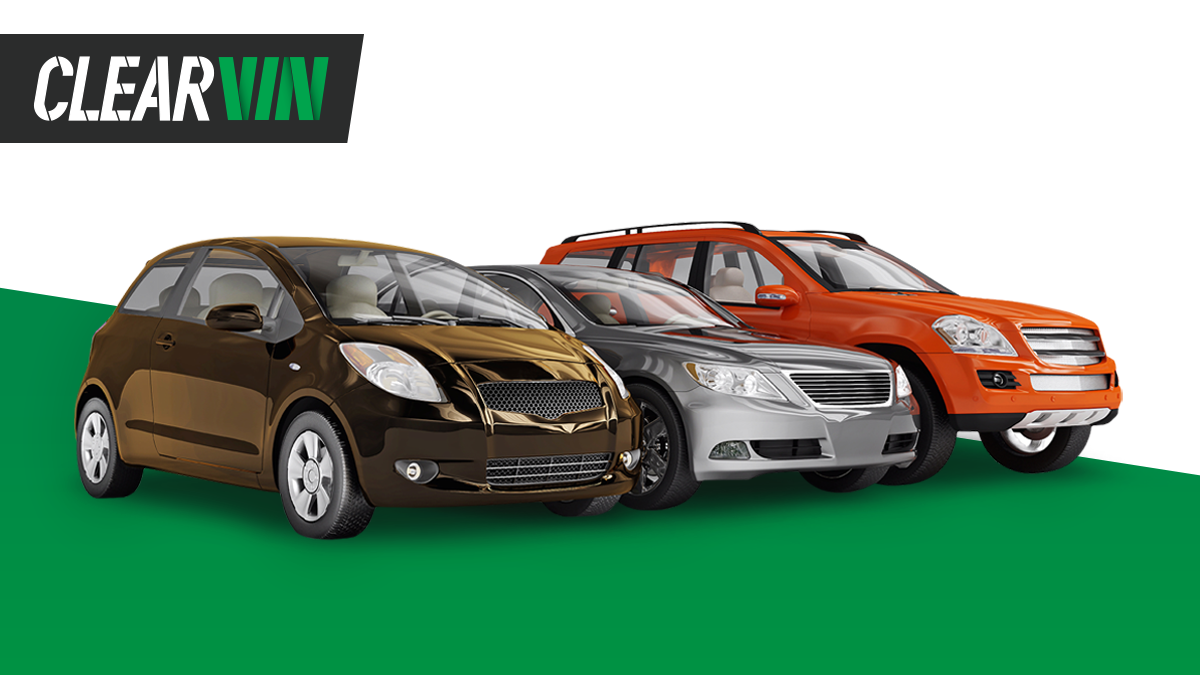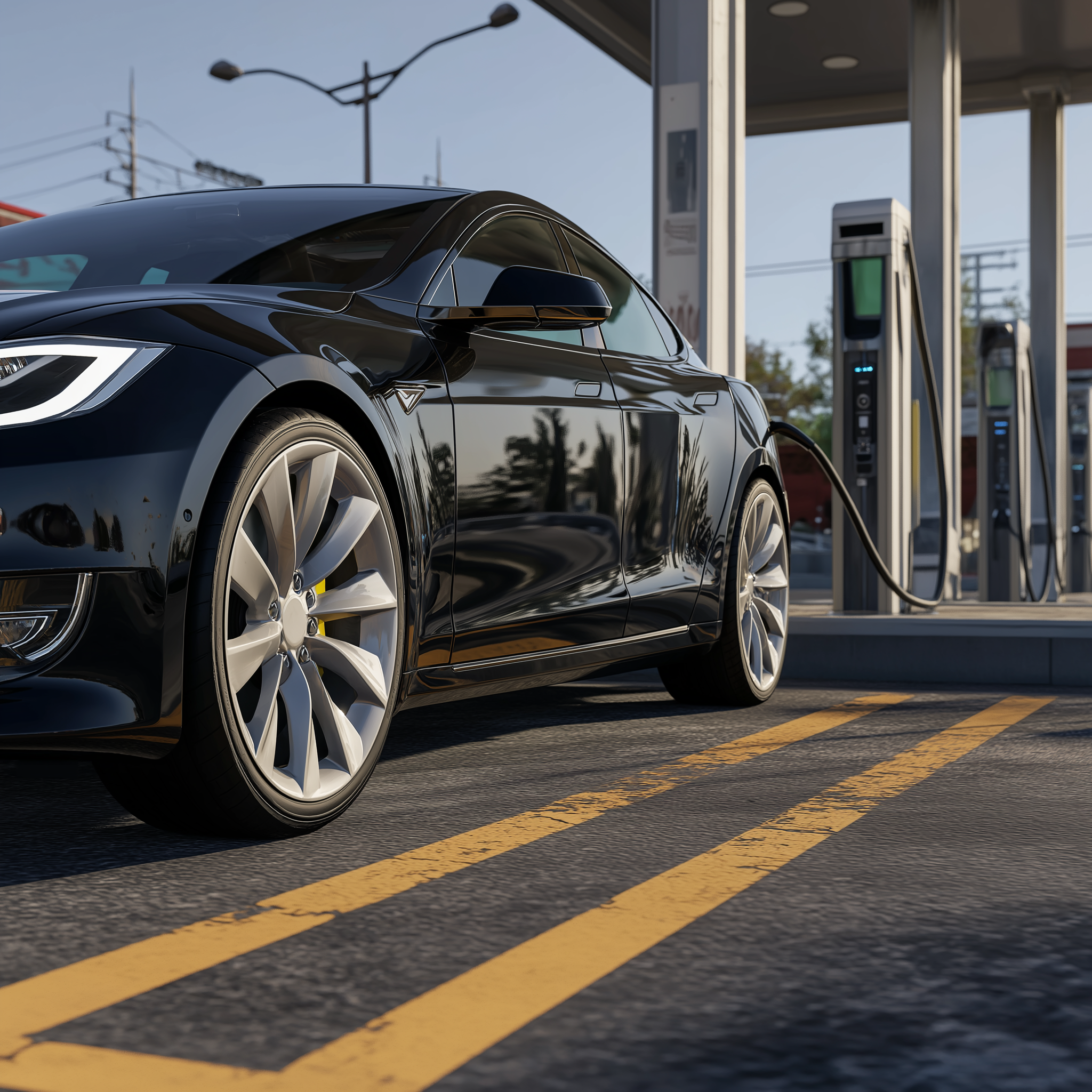The government and private organizations have developed car classifications that are used for various purposes including regulation, description, and categorization of cars. Typically, car type is determined by its size, weight, engine type, loading capacity, operation, and of course the market value. Though nowadays there are tons of different classifications, we’ve prepared a short overview of the most commonly used terms of car market segments.
Microcar
Microcars are the smallest category in the automobile industry. Microcars straddle the boundary between car and motorcycle. Sometimes, they are even covered by separate regulations from normal cars, resulting in relaxed requirements for registration and licensing. The engine size of a microcar is often 700 cc or even less, also they have three or four wheels. Microcars are most popular in Europe. The most well-known models are the Honda Life, SmartForTwo, Tata Nano, and others.
A-segment
The smallest category of vehicles that are registered as normal cars is called the A-segment in Europe, or “city car” in Europe and the United States. The United States Environmental Protection Agency defines this category as “minicompact”, but this term is not widely used. The equivalents of A-segment cars have been produced since the early 1920s. However, the category increased in popularity in the late 1950s when the original Fiat 500 and BMC Mini were released. Today, the most popular cars of a segment are the Fiat 500, Hyundai i10, Toyota Aygo.
B-segment
The next category of small cars is called B-segment in Europe, and subcompact in the United States. The size of a subcompact car is defined by the Environmental Protection Agency (EPA) as having a combined interior and cargo volume of between 85–99 cubic feet (2,410–2,800 L). The first locally-built subcompact cars in the U.S were the 1970 AMC Gremlin, Chevrolet Vega, and Ford Pinto. Currently, the Volkswagen Polo, Renault Clio, Hyundai Accent, and Chevrolet Aveo are popular modern subcompact cars.
C-segment
The largest category of small cars is called the C-segment, which refers to compact cars in the United States. Compact cars have a combined interior and cargo volume of 100–109 cu ft (2.8–3.1 m3). As a result, it covers most hatchbacks, sedans and some wagons. The most well-known segment representatives are the Honda Civic, Toyota Auris, Renault Mégane.
D-segment
The D-segment is the third-largest category for passenger cars. In the United States, the equivalent term is mid-size or intermediate cars. Most D-segment cars are more saloons though hatchbacks are pretty common as well. Pricing and specifications of D-segment vehicles can vary greatly, from basic low-cost transport to more luxurious and expensive models, for example the Chevrolet Malibu, Ford Mondeo, Kia Optima, and many others. Currently, sales of midsize cars represent 8% of the auto market.
E-segment
In Europe, the E-segment stands for executive car and is the second-largest category for passenger cars which are usually luxury cars. However, there are also equivalent terms – full-size car or large car, which are used for relatively affordable large cars and usually aren’t considered luxury models in the U.S. Examples of non-luxury full-size cars are the Chevrolet Impala, Tesla Model S, Toyota Avalon though there are more luxury models such as the Jaguar XF, Mercedes-Benz E-Class, Maserati Ghibli.
F-segment
F-segment cars are known as full-size luxury cars in the U.S., and form part of the full-size car category. Vehicles belonging to this category like the Audi A8, BMW 7 Series, Genesis G90, Lexus LS, Maserati Quattroporte, Rolls-Royce Ghost, and Porsche Panamera are often flagship models of luxury car brands.
Sports car
Sports cars have been designed to emphasize performance and the thrill of driving. They stand out among others by advanced handling, acceleration, top-tier speed and exclusive design. Sports cars started to become popular during the 1920s. The Mazda MX-5, Porsche 911, Chevrolet Corvette are perfect examples of sports cars.
SUV and off-road vehicles
Passenger vehicles with off-road capability or styling features are often categorized as either off-road vehicles, sports utility vehicles, or crossovers. However, there are no commonly agreed boundaries between these categories, and usage of the terms varies between countries and manufacturers.
Minivans (MPVs)
Minivan is an American definition for vehicles that are designed to transport passengers in the rear seatings and usually have reconfigurable seats in two or three rows. Minivans often have a ‘one-box’ or ‘two-box’ body configuration, a high roof, a flat floor, a sliding door for rear passengers, and high seating. There are mini, compact, and large MPVs. A mini MPV is the smallest size of MPVs and the vehicles are often built on the platforms of B-segment hatchback models. Basically, that’s a perfect option for a big family. There are heaps of MPVs of different sizes and budgets represented on the market, for example, the Fiat 500L, Ford S-Max, Renault Scenic, Volkswagen Touran, and others.
Final words
As you can see, each class has its own set of specifications, and, sometimes, it can be hard to distinguish which class a car belongs to. Usually, we have to rely on the manufacturer’s definition. When you’re looking for a car, define what you’re looking for in terms of vehicle size, mark main characteristics, and set your budget to determine a class and segment you should consider buying to simplify your search. If you’re in the market for used vehicles, don’t forget to run a free VIN number check and get a ClearVIN VIN Check Report to be 100% confident in your purchase. Furthermore, a car license plate lookup from ClearVIN can reveal important information about a vehicle, such as its registration status, accident history, and even its previous owners.










2 comments
I want to to thank you for this very good read!! I certainly enjoyed every bit of it.
I have got you saved as a favorite to check out new stuff you post…